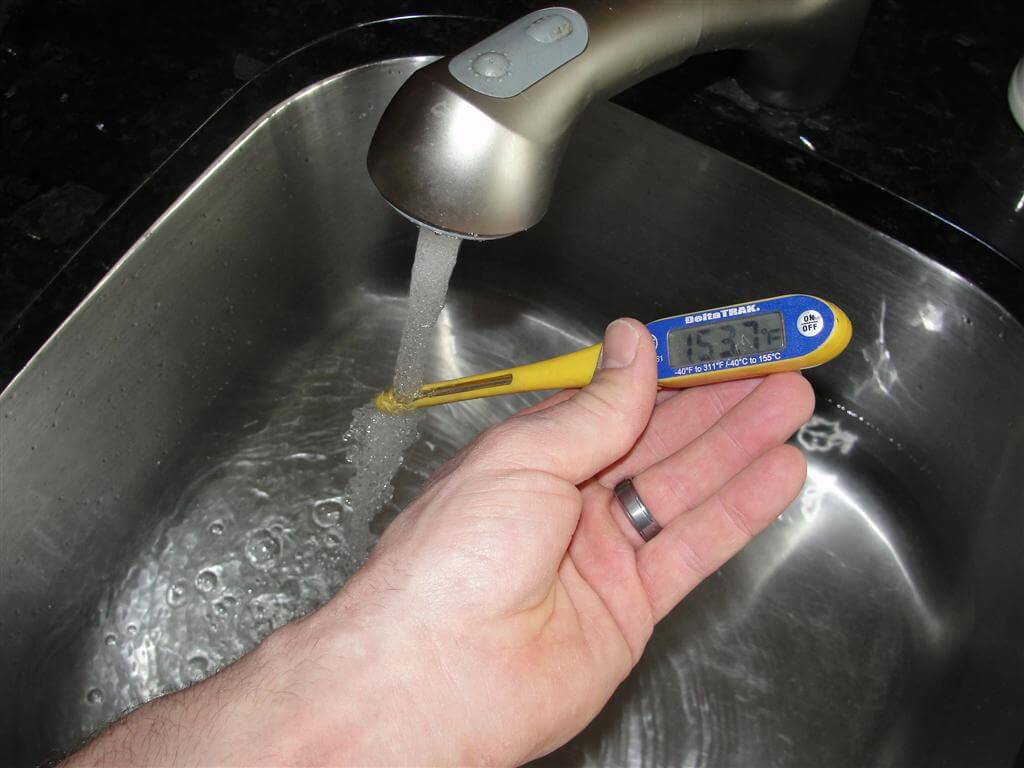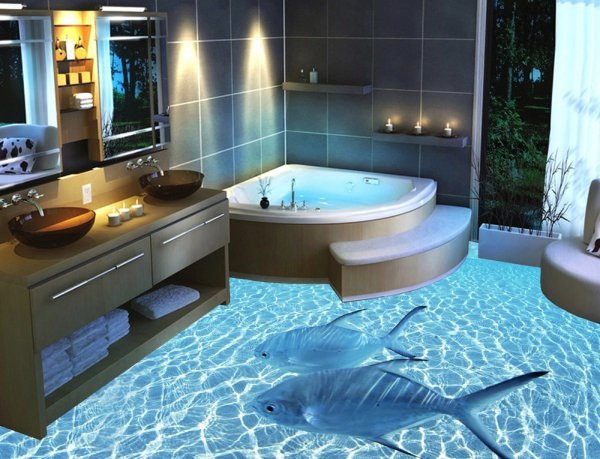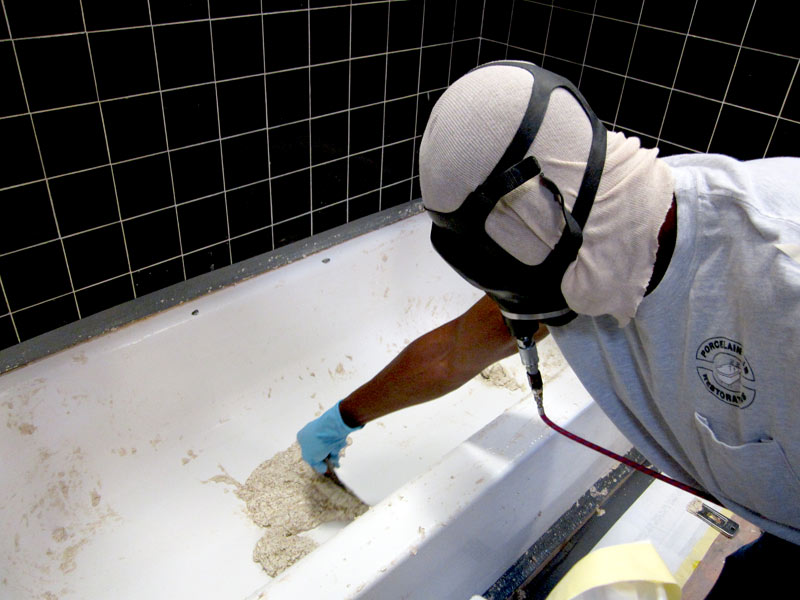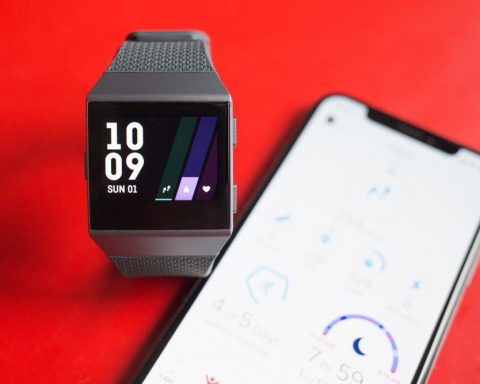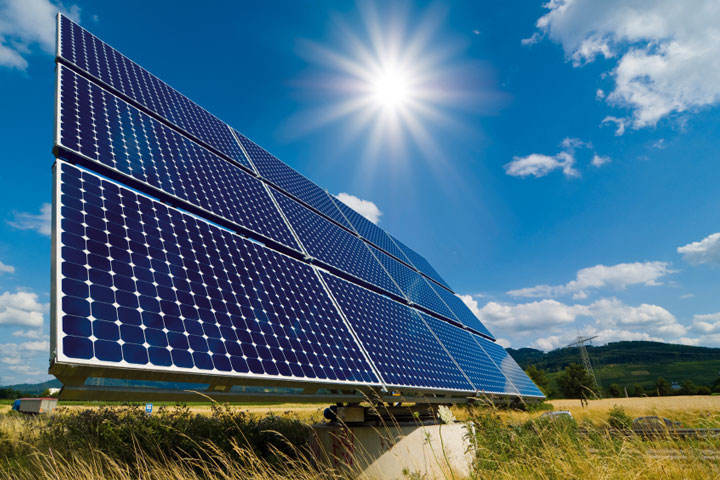It’s really annoying seeing our hot water to flow little more than a trickle. Also, if the water heater is located quite far from the fixture, we may need to wait for the hot water to reach us. There are different factors why it takes longer for hot water to reach our sink. The first thing that we need to consider is the length of the pipe, between the fixture and the heater. Other factors are the fixture’s flow rate, pipe diameter and the existing temperature of the water and pipe network. It means that if the water and pipe are cold, it will take longer for the hot water to reach our fixture. We should start with the piping layout and if there’s no blueprint for our plumbing network, it will take time for plumbers to connect the network.
As an example, if the heater is located 30 feet from the fixture, then the actual length of pipe can be more than 40 feet; because the pipe won’t take a straight line to our fixture. The hot water will need to go up and down in the pipe network, potentially making it slower for it to reach the fixture. Also, it is unlikely that the piping network runs diagonally and it usually follows through walls, along beams and others. If the pipe reaches 50 feet or longer, it will be even slower for the hot water to reach the fixture. Again, we should consider the diameter of the pipe and the volume of hot water that flows through the piping network. The water flow is also determined by the fixture’s or faucet’s flow rate.
As an example a 40 psi ½-inch diameter pipe have flow rate six gallons each minute at a velocity of 10 ft. per second. It means that if the distance between the heater and fixture is 50 feet, we will need to wait for 5 seconds; which can be quite annoying eventually. Pipes with larger diameter will require higher flow rates. In the United States, the Policy Act of 1992 stares that shower fixtures and faucets should have more than 60psi 2.2GPM of flow rate. Although the pipe have very large flow rate, it is still possible that the water velocity is determined the fixture’s flow rate. With 1/2-inch diameter pipe, at 2.2GPM (gallons per minute), the water velocity will be about 3 ft. per second. For a 30 ft. pipe, it will take 10 seconds for the heat water to reach the fixture, and it is if the cold pipe doesn’t suck heat out of the water. In this case, we will need to wait even longer to get an actual hot water.
For this reason, we should make sure that the water heater is located relatively close to the fixtures. Also, the heater should be placed at higher position, so the velocity will be even higher. The pipe should be properly insulated, so we won’t waste energy during cold winter nights. It means that we will be able to reduce energy bills.

